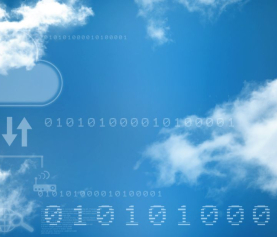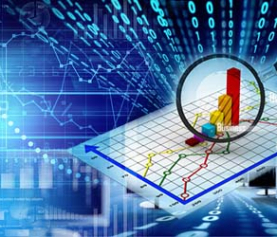Digital Kidnapping – The Threat of PII Loss
Digital Kidnapping – The Threat of PII Loss
As technology has advanced, many aspects of life have become far easier. Shopping, management of time and tasks, transportation, and communication are major points that are far faster and more efficient than ever before. However, partaking of many daily tasks requires personal information. Accessing secure areas requires some form of code or identification, and any time that is presented through electronic media, it becomes vulnerable to being stolen. Unlike a physical item such as a license or photo ID, a computer system only requires that specific bit of data to accept a person as who they claim to be. Legally, this form of information has become known as Personally Identifiable Information (PII).
Such has given rise to the concept and plague of identity theft. With only a few items of PII, an individual can pose as somebody else and ruin them for selfish aims. Credit cards, purchases, loans can devastate the financial life of the victim. Performing illegal acts while claiming to be the victim can create a reputation for criminality that is difficult to undo. Such is unfortunately also something made far easier by technology. In recent years, companies such as LifeLock have arisen to monitor your online person, and both warn and guarantee your identity is kept safe. While not a poor idea, safeguarding your identity is the first line of defense. By limiting the release of PII and being aware of your own security, you can be far safer.
Important Steps of Protection
As both the creator and identified individual of any PII, the first and most important step is to protect your own PII. Four major steps are encryption, threat protection, and data loss prevention. Encryption is a process that makes any unauthorized access to your system unable to read the garbled and encoded information there. Without the right decryption key, the information is unreadable and thus harmless. Encrypting a computer is not hard, and can easily be done for all devices including your computer, USB drives, and any other form of removable media. Authorized devices should recognize the information and automatically decrypt it, and most will also allow you to enter a passcode of some sort to decrypt it on an unfamiliar media source. This becomes particularly useful when using a backup as the main system can be compromised, but sensitive information stored elsewhere can remain safe.
Protecting yourself also means being aware of threats. Just as you would not walk into an area that did not feel safe or unprotected in a dangerous location, your information should be guarded. Protecting both your PII and where it is going can be vital to keeping that information private. Most businesses and many homes employ various antivirus software. This program type actively seeks out any form of malicious software such as a virus or a Trojan (malicious code inside a seemingly safe file) and either isolates it or removes that dangerous item. Dangerous programs include spyware designed to monitor your activity or steal important files, adware designed to bring up ads based on your activity like commercials built into your system, and other potentially harmful and unwanted programs. Having an antivirus program is important, as is a firewall program designed to limit access to your system before installation of programs or theft of information even becomes an option.
Even without automatic protection or antivirus/firewall installed, the user is still capable of being a threat. Accidental data loss can happen when putting information into a website, conversing with messenger programs or IMs, or not paying attention to physical media. Constantly be aware of what information you are sharing, and only do so with methods and to people or companies you trust. No matter how safe your practices are, where and how you send your information must be equally as safe.
General Tips for Protecting PII
Eventually, your PII will be given or accessed by entities other than yourself. In our society, this is a given. Sharing the information does not mean to do so without keeping several safety tips in mind, however. For instance, one of the most valuable items of PII is your social security number. Be very cautious about sharing it, and how often you must give out the full number. Under normal circumstances, a SSN should only be shared with a bank, credit bureau, or some other entity that reports to the IRS. Employers need it to report your earnings, but a store should not. A credit card might need it, but not somebody asking you to send money. If the group or company truly wants your SSN, ask them why such an important number is needed. Wanting it is not the same as needing it.
Another point to remember is the security of wifi. Many locations provide free wifi signals as a service to customers, but often these connections are not secure. This means it lacks the safeguards to keep your information from being intercepted. Whenever on a public access point, refrain from sending any PII. While browsing, be sure to either use a private mode or regularly delete your cookies and cache from your system. These markers are a sign of where you have been and can create a trap for your information. Some go as far as to create a proxy web access, hiding behind a fake access point to reduce risk.
As a final note, be cautious and keep an eye on your financial records. Not only in sharing them, but in monitoring use. If for any reason you have become a victim of identity theft, or any other loss of PII, one of the first things often affected is your credit and resources. If unfamiliar activity appears on your statements, or new accounts with your PII appear, report them immediately. Small problems quickly evolve into monumental ones, and delay only emboldens the thieves.




